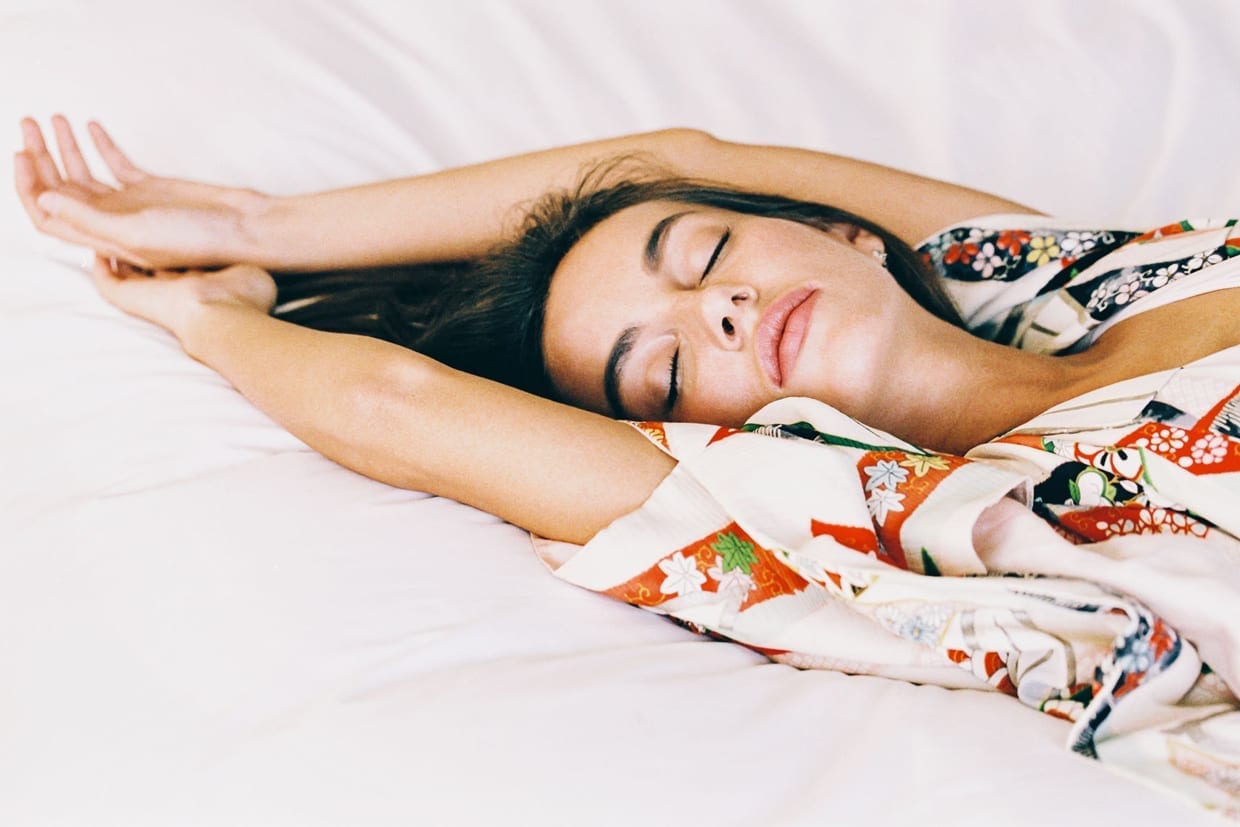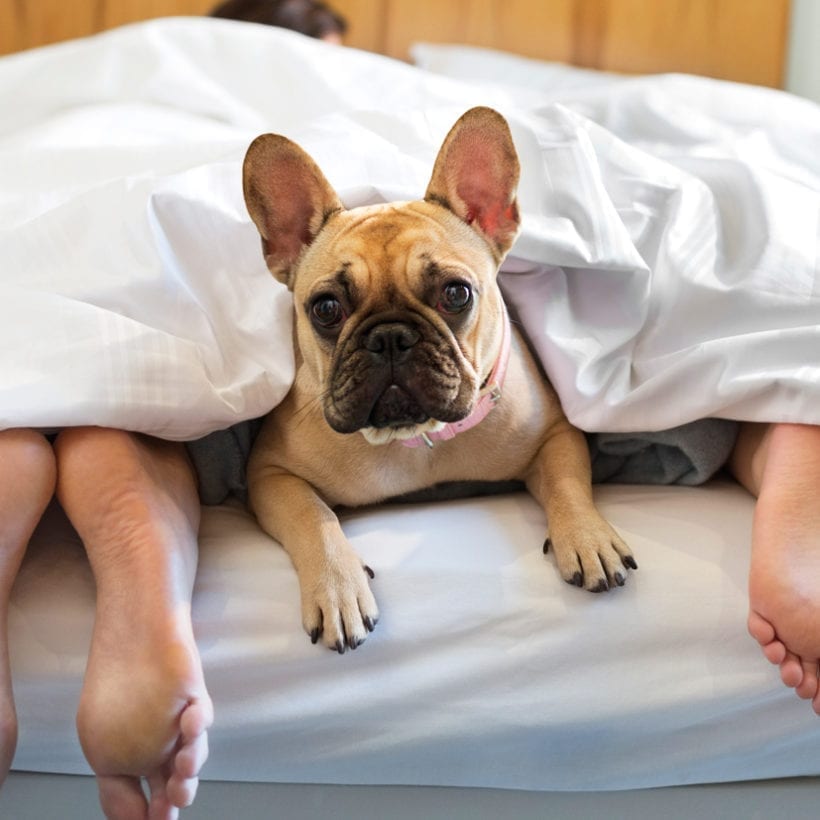We live in a culture that glorifies sleeping — more so than actually sleeping. The American Sleep Association reports that 37-40 percent of adults are sleep deprived and that 38 percent report unintentionally falling asleep during the day at least once a month. These statistics are not so far-fetched when you consider the 24/7 culture we live in — we are so hyperconnected that good sleep is an amorphous concept relegated to the traditional 7-8 hours we are “supposed” to get each night. So, if we can’t sleep at night, might as well take a nap.
But the nap you are used to might not be the type of nap you need. In fact, sleep specialists and neurologists are finding that the traditional concept of a nap is morphing, and it no longer involves the revered two hours of glorious unconsciousness we so desire.
“There are a variety of reasons people nap, one would be that some circumstance in your life is preventing you from getting the sleep you should be getting, or because there’s something intrinsically wrong with your sleep,” says W. Chris Winter, M.D., renowned sleep specialist, a neurologist at Charlottesville Neurology and Sleep Medicine, and author of “The Sleep Solution.” Most people are drawn to sleep in the mid-afternoon (1-3 p.m.), and naps could be relatively brief — a few minutes — to prolonged for hours. However, experts say more than 45 minutes of a nap could affect your nighttime sleep.
“Some people nap to makeup not for a lack of sleep quantity, but poor sleep quality,” says Winter. As is the case with a person who, for instance, suffers from sleep apnea and sleeps for 11 hours each night and still can’t keep themselves from dozing off after getting home from work; or someone who can’t conform to natural circadian rhythm patterns because their job allows them too much flexibility and they can’t get off a bad cycle. “A lot of people are taking naps because of inefficient sleep at night,” he adds.
Nick Littlehales, world-renowned elite sport sleep coach to big names in the sporting world like Cristiano Ronaldo, and author of “Sleep: The Myth of 8 Hours, The Power of Naps and the New Plan to Recharge Your Body and Mind”, think that napping does not need to involve actual sleeping at all. “The meaning of sleep is changing because it’s been a word to describe humans taking it for granted: a bedroom, a comfy couch, doing it when you’ve got nothing else to do,” he says. “But when you talk about sleep as a mental and physical recovery period, then it makes sense to have that recovery period midday.”
So, napping during the day is simply taking the mental break you need, whether or not you actually fall asleep, by breaking off your day into 90-minute chunks that conform to the natural sleep cycles. “Think of recovery in cycles and think of little distractive breaks that help your brain remember that you’re in sync with what’s going on outside, even if you’re not outside,” Littlehales says.
Recovery periods take the pressure off those elusive 7-8 hours of sleep at night and therefore take the pressure off monophasic sleeping (sleeping solely in one block of time in 24 hours) as a whole. “We take individuals, profile them and find out all the little things that make them tick: what they do and what they’re trying to achieve, and then finding a recovery program for them that’s more around a polyphasic approach — which involves sleeping shorter amounts of time multiple times a day — and not just about sleeping at night,” Littlehales adds.
Napping doesn’t need to involve actual sleeping at all.
“[This] could be simply sitting in your car before leaving work to go home, grabbing someone’s hand and going for a walk down by the river where you’re out in nature and not intimidated by the need to perform at your desk,” says Littlehales. “I’ve got people who put an alarm for 30 minutes, simply sit at their desk, listen to some music and look out the window and it takes them to that place by the river, giving the brain an opportunity to relax. Whether you go into any kind of microsleep or not, you’re not really trying to do that. Even the time you just sat there is going to give you that recovery.” And what starts to happen is a polyphasic recovery process. Sometimes, this is referred to as “quiet wakefulness.”
And for those that try and fail to nap often (like me), Winter says people are mistaking being tired with being sleepy. “There’s a difference between fatigue and sleepiness,” Winter says. “When I run a 10-mile race, at mile-marker 8 I might say, ‘Wow, I’m so tired, I don’t want to run anymore.’ But that’s different from getting 8 miles down the road and wanting to lay down and fall asleep.” Sleepy essentially means driven to fall asleep. “I always tell people that if you’re tired or sleepy, to not judge a nap as being successful or failure by whether or not you fall asleep. If you’re tired, go lie down and make the goal for yourself to close your eyes for 20 minutes, kick your shoes off, think about your celebrity crush and then get up and move on with your day. It’s amazing when somebody takes away the performance anxiety of sleep, just resting can make people feel good.”
Resting helps you remember new information, so while it is not the same as sleep — only in actual deep sleep do your neurons repair and regenerate — it is a good second choice. It gives your neurons a rest, which helps your muscles and organs relax and curbs stress. And approaching that nap with the number one goal of resting becomes 100 percent achievable. “When we start taking naps without any sort of expectation of unconsciousness, it’s amazing how people start falling asleep much easier now they’re not really trying to anymore,” Winter says. “Once you stop trying to sleep, it’s amazing how well people tend to sleep.”
We only recommend products we have independently researched, tested, and loved. If you purchase a product found through our links, Sunday Edit may earn an affiliate commission.








